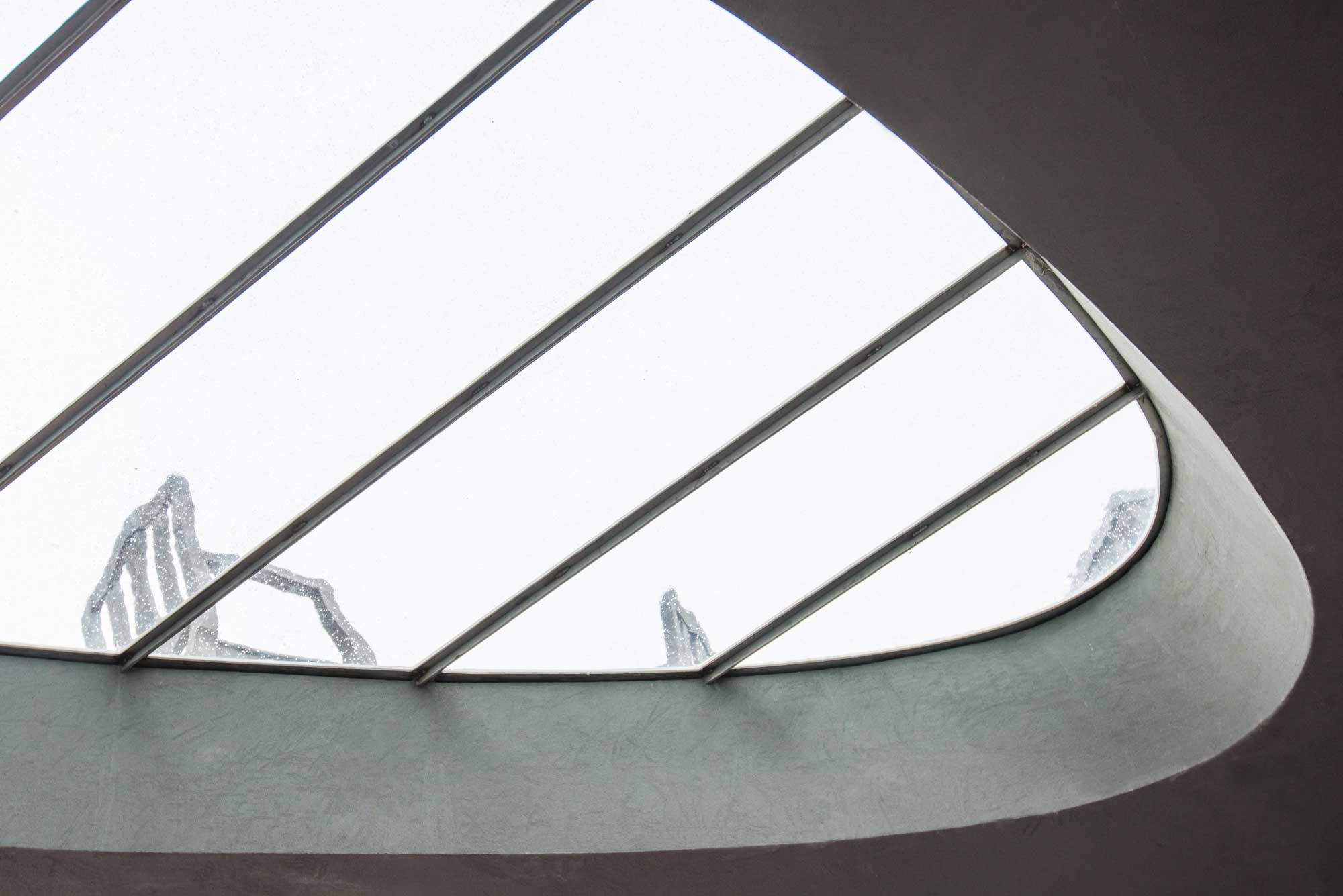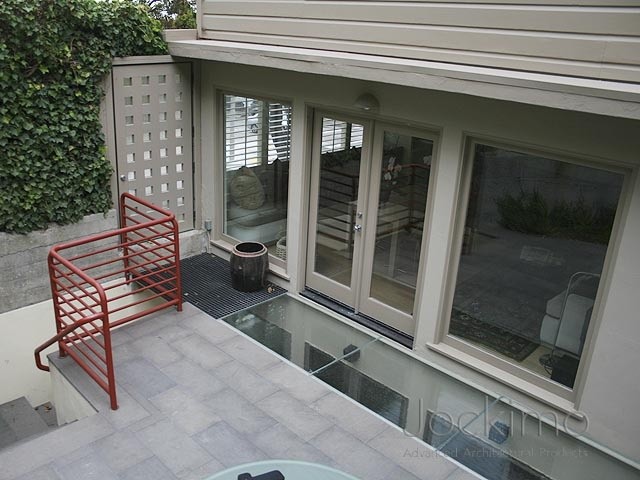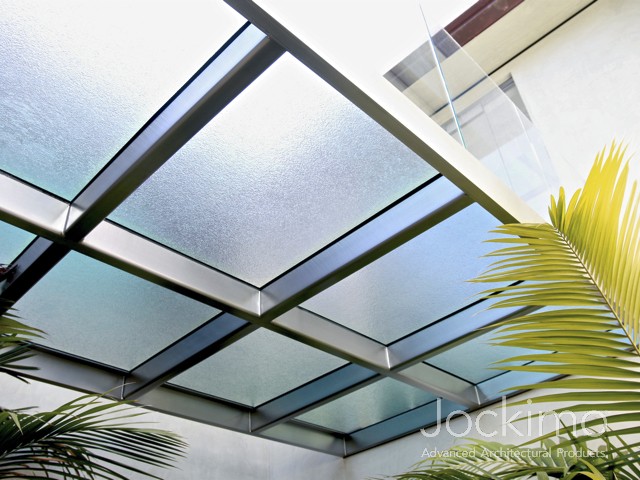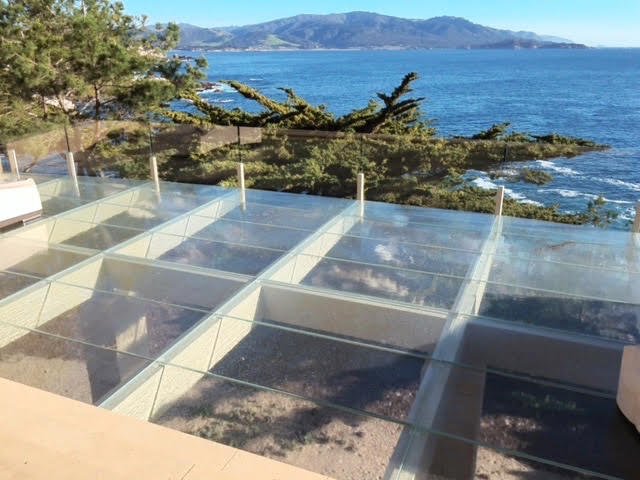Ultimate Guide to Walkable Skylights
- Details
Everything You Need to Know about Walkable Skylights
Thinking about adding a walkable skylight to your home or business? Not even sure what walkable skylights are? Whether you’re ready to purchase or you’re just learning about these unique architectural glass products, here’s the ultimate guide to walk you through everything you need to know.
Answers to All Your Walkable Skylight Questions
What Are Walkable Skylights?
Walkable skylights are a type of walkable glass flooring. They are created with walkable glass, which is architectural glass designed to safely withstand weight. (This includes people walking across its surface and any other weight load it might endure.)
Walkable skylights are intended to allow natural light to transfer from outside to whatever space is below that skylight.
Are Walkable Skylights the Same as Traditional Skylights?

Nope! The names sound similar, and they both allow light to travel from outside to the building’s interior, but that’s about where the similarities end.
There are three key differences between traditional and walkable skylights:
- Space requirements. A traditional skylight occupies space on your roof, walkway, elevated deck, or other exterior surface. A walkable skylight is fully usable space. Because it’s designed for you to safely walk across its surface, a walkable skylight does not sacrifice that square footage.
- Likelihood of leaks. Traditional skylights are notorious for leaking. This is one of the major reasons it’s so important to know the difference between traditional and walkable skylights. With walkable skylights, what you’re getting is more like waterproof glass flooring. As long as it’s designed and installed properly, leaking shouldn’t be an issue.
- Tripping hazards. Traditional skylights do pose a tripping and safety hazard. With walkable skylights, the glass in integrated into the flooring. Everything is perfectly flush, and there are no ridges or edges to catch.
Why Should I Install a Walkable Skylight?
Here are the top five benefits of walkable skylights:
- Improved aesthetics for your home or business
- Daylighting (and all its associated benefits)
- Natural light (and all its associated benefits)
- A space that feels airier and more open
- Reduced energy usage and costs
What to Consider When Designing a Custom Walkable Skylight
If you’re thinking about adding walkable skylights to your home or business, here are four high-level tips for successfully designing this architectural glass product:
- Type of Glass
Think about the type of glass you want to use in your walkable skylight. Consider:
-Aesthetics and design. How do you want the feature to actually look?
-Function. How do you want to use the walkable skylight? This will impact the kind of glass you use.
-Safety. Your glass manufacturer should factor in glass thickness, antislip properties, and failure redundancy into the design phase.
- Natural Light
Strategically position the walkable skylight to account for natural light. If you’re trying to maximize natural light, make sure to also factor in things like heat and glare.
- Size and Shape of Walkable Skylight
Because you can walk on it, the feature doesn’t take away from your usable square footage. This means you have more freedom in the size and shape of your skylight.
Any properly designed architectural glass product will have the input of a skilled manufacturer and an engineer with glass-specific experience. Any design limitations will be related to building code compliance, safety measures, and best building practices.
- Goals with Your Walkable Skylight
Think through how this walkable skylight will affect the feel and aesthetics of the space. Skylights can make a room feel brighter, larger, more contemporary, and more open. In some cases, that’s desirable. In others, it’s not.
Work closely with your glass manufacturer to ensure the final product and its placement produce your desired effect.
OK. I’m Interested in Installing a Walkable Skylight. What’s the ROI?

The benefits are there, but you still want to know if adding a walkable skylight is a good financial move. In addition to all the advantages you enjoy when you add a walkable skylight, here’s how one can actually have a dollars-and-cents impact on your home.
Walkable skylights can increase your home value in three concrete ways:
- Faster Home Sale
A home filled with natural light is more visually attractive and more likely to sell quickly. The carrying costs of a home sitting on the market (double mortgage, utilities, and property taxes) can quickly add up to thousands.
- Energy Savings
Walkable skylights reduce your dependence on artificial lights. That translates to energy savings. You can enjoy these savings while you’re in the home, and you can use them as a selling point when it’s time to go live on the market.
- Intangible Feel of the Home
Natural light makes a home feel more inviting and warm. This can actually fetch you a higher asking price. Real estate with poor or insufficient lighting leases for a full 20 percent less than real estate filled with natural light.
Get more information here: What’s the Return on Investment (ROI) for a Walkable Skylight?
I’m a Business. Why Should I Install a Walkable Skylight?

Many commercial industries benefit from walkable skylights. (Think restaurants, retail spaces, or hospitality.) Here are five of the advantages that business can expect:
- Financial benefits
- Preservation of space and square footage
- A blending of interior and exterior design concepts
- Sight line from inside to outside
- Contemporary design and feel
Thinking about Adding a Walkable Skylight to Your Home or Business?
Want to learn more about this unique architectural glass feature? Interested in discussing how one would work in your space? Need an estimate to get started? Have a pressing question we missed?
We’re Jockimo Architectural Glass Products, and we specialize in manufacturing custom glass, including glass flooring, glass countertops, antique mirrors, and more. We’re always happy to help!



